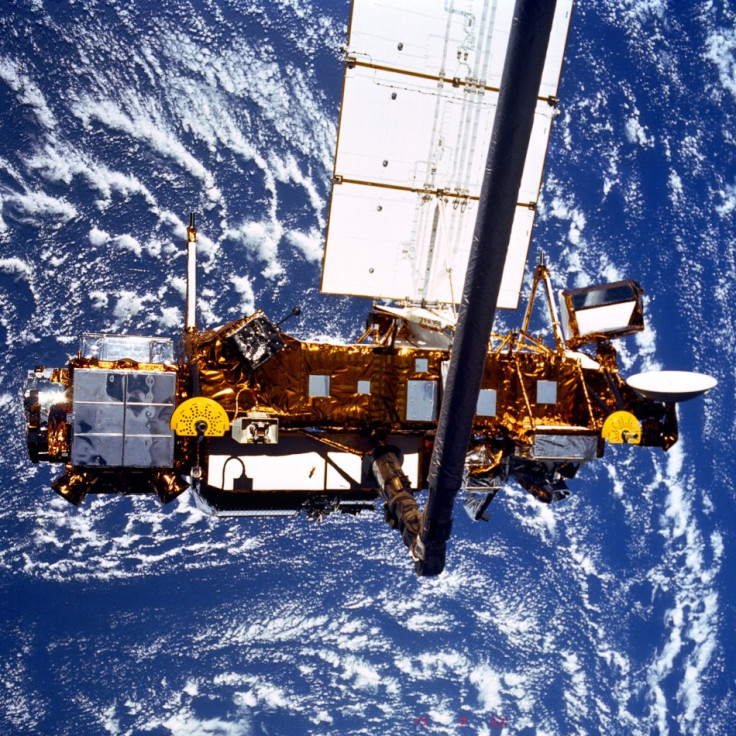NASA Unsure of Bus-Sized Satellite's Crash Site

An obsolete NASA satellite the size of a bus is set to plunge through the Earth's atmosphere sometime this weekend, with officials still uncertain exactly where it is going to land.
The six and a half-ton UARS spacecraft is scheduled to reach the surface of the planet sometime on Friday, according to the latest projections.
But NASA experts admit they will not be able to pin-point the exact location of the crash-site until the satellite enters the atmosphere, approximately 20 minutes before it touches down.
"We know it is going to hit somewhere between 57 north latitude and 57 south latitude, which covers most of the inhabited world unfortunately," Mark Matney, an orbital debris scientist at the US space agency, told the Associated Press.
The 20-year-old Upper Atmospheric Research Satellite was deactivated in 2005 after completing its mission, but is expected to break apart on re-entry, with NASA speculating that there is a one in 3,200 chance that some of those parts could hit someone.
Predicting exactly where the satellite will touch down is an imprecise art, with a small discrepancy in the timing of the re-entry translating into thousands of miles of difference in the crash site.
NASA's current prediction of somewhere between 57 degrees north latitude and 57 degrees south latitude places the landing anywhere between northern Newfoundland and the southernmost tip of South America.
Donald J. Kessler, a retired NASA scientist, is baffled by the amount of concern the story has provoked, the Los Angeles Times reports.
In an interview with the paper, he said that about one piece of space debris falls out of orbit every day.
Such events usually go unreported because the debris usually burns up in Earth's atmosphere. He added that it's almost impossible to predict where a piece of space debris that does not burn up in the atmosphere might fall.
"These things make it around the Earth once every 90 minutes," he said. "It could enter anywhere on that path, so you can't predict where it will be."
© Copyright IBTimes 2024. All rights reserved.






